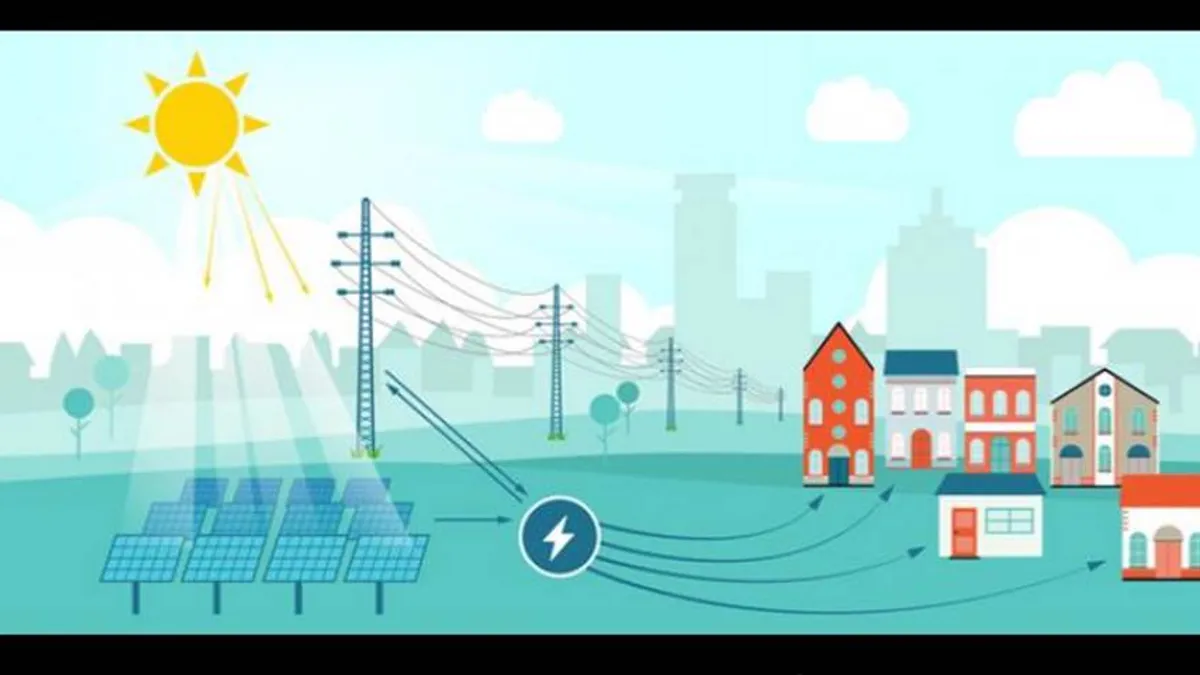The model for how to do business in the new electricity marketplace may come from an unexpected place inside utilities.
It's no secret that utilities are struggling. Barclays Bank’s bond rating service just downgraded the entire U.S. electric utility bond market and recommended investors move out of utilities’ bonds because coming changes could “reconfigure the organization and regulation of the electric power business” in the next ten years.
Utilities and regulators are ignoring the risks, Barclays wrote, because the “regulatory compact” has traditionally guaranteed utilities a ratepayer-funded return and because of a bias against the complexity of new technologies.
Many utilities struggle to understand the new technologies’ value.
The debate
“The way utilities have been doing business in the past -- our business model, our regulatory model, our customer relationships -- will have to change,” Edison Electric Institute EVP David Owens said, echoing the conclusion of EEI's Disruptive Challenges: Financial Implications and Strategic Responses to a Changing Retail Electric Business.
But “the grid is the facilitator for what distributed solar developers want to do,” Owens added. Distributed resources sent to the grid should not be reimbursed at the retail rate, Owen said of net energy metering, because distributed generators “rely on the utility’s grid.”
The Alliance for Solar Choice (TASC) believes net energy metering and retail rate reimbursement are “stable and highly successful policy,” according to TASC Executive Director Anne Smart. "We need to maintain net metering, not ‘fix’ it.”
Utilities across the country are working against net energy metering because, they argue, the practice forces them to shift costs for grid infrastructure to non-solar owners.
The dilemma deepens
A value-of-solar tariff (VOST), a more detailed analysis which credits system owners for avoiding many of the other power sources’ long term and externalized costs, could be more useful, according to John Farrell, author of Minnesota’s Value of Solar: Can a Northern State’s New Solar Policy Defuse Distributed Generation Battles?
“We have utilities proving there are ways to make solar work economically,” Farrell said, singling out Austin Energy, Farmers Electric Cooperative, Green Mountain Power, and utilities in California and Hawaii demonstrating that high grid penetration of renewables is affordable. “Engineers will help break down the technical barrier conversation,” Farrell said, “because engineers can be influenced by fact.”
“We are on the cusp of needing a new methodology for how to integrate distributed energy resources into our planning,” explained Rocky Mountain Institute Senior Consultant Virginia Lacy, co-author of A Review of Solar PV Benefit and Cost Studies. But “there are important gaps in the approach for identifying, quantifying, and assessing the benefits and costs of distributed PV.”
“Calculated values will differ from one utility to the next,” explains A Regulator’s Guidebook: Calculating the Benefits and Costs of Distributed Solar Generation, from the Interstate Renewable Energy Council (IREC), but “the approach used to calculate the benefits and costs should be uniform.”
The goal, explained report co-author, former Texas regulator and utility exec Karl Rabago, “is economically efficient decisions.”
The answer inside
The way to reach economically efficient decisions could come from inside the utilities themselves, Rabago acknowledged. “Many utilities have put regulators in the untenable position of opposing one of the most popular energy technologies,” Rabago said, “and commissioners are frustrated with utilities for not coming up with win-win solutions.”
The Department of Energy SunShot program’s High Penetration Solar initiative is funding eighteen studies and, in pursuit of win-win solutions, utilities are participating.
“There are very real technical challenges to enable power distribution systems to accommodate high levels of distributed energy resources,” explained Electric Power Research Institute Technical Executive Brial Seal, who is leading Smart-Grid Ready PV Inverters with Utility Communication in conjunction with DTE Energy, Xcel Energy, and National Grid. “Engineers and other technical contributors from all organizations, including academia and national laboratories, will play a central role in addressing this inherently complex issue.”
Utilities backed away from sharing research findings in the late 1990s, Rabago recalled. Before that, answers were emerging. But research continues. “The recent PJM integration study, for example, walked through all the technical issues and found net positives in several important categories,” Rabago said. “That is probably an indicator of what any good analysis would find.”
Rabago believes “the merits could prevail” in utility engineers’ work. “If for no other reason than a sense of professionalism, I can see them saying, ‘We get paid good salaries to make this grid work under a variety of conditions and circumstances. We’re up to this task. We can find a path forward.’”
But will utility execs listen?
Such ideas typically “go up the bureaucracy inside the utility and get to the level of the higher operator, who sees the integration problem can be solved,” Rabago said. But they might encounter resistance at the executive committee level from corporate officers making short term financial calculations. “So the idea gets tabled and the new information doesn’t get released or used and the utility doesn’t move forward. Regulators can interrupt that.”
“I've often seen revenue concerns masquerade as technical concerns,” Farrell agreed. “But if [utilities] continue to play defense with the proof of concept of the technical solution available, at least we get to have a debate on the economic merits.”
“When I was a regulator,” Rabago said, “I could see these guys, who keep the grid running in terrible storms and things like that, can handle a few solar installations.”














